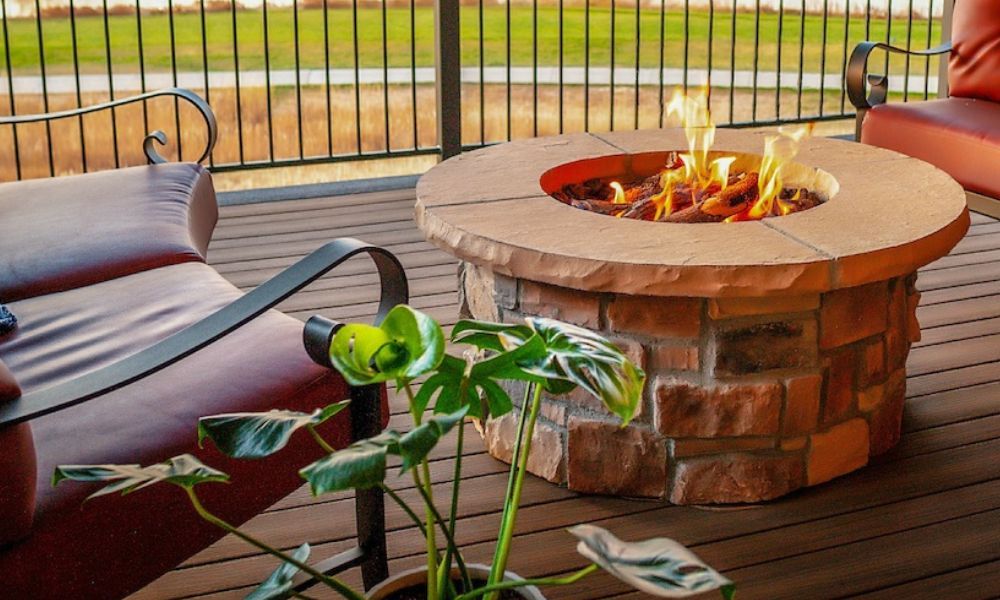
A Brief Overview of the History of Firepits
Our ability to harness fire has had a profound significance in the evolution of society. Fire has helped us stay warm, protected, and fed for many years, providing comfort during dark nights and serving as a community gathering place.
One example of our fire use is the firepit, a structure that keeps evolving and resisting the test of time. This brief overview of the history of firepits will teach you interesting facts and encourage you to install one at home to create a more inviting and functional space.
Ancient Beginnings
The origins of firepits go back thousands of years to our early ancestors. The discovery of fire marked the birth of a complex relationship with this element. In ancient times, early humans would construct rudimentary firepits by digging shallow holes in the ground and using rocks to contain the flames. These early firepits were essential for cooking food, providing warmth, and scaring off nocturnal predators.
Cultural Evolution
As civilizations developed worldwide, so did firepits, adapting to different cultures, weather conditions, and specific activities. In ancient Rome, firepits known as hearths were central to the architecture of domestic spaces. These hearths not only offered warmth and solutions for cooking but also cultural significance, symbolizing the bond between a family and their ancestors.
Medieval Creativity
The history of firepits during the medieval period underwent further refinement and evolution for better adaptation. Castles and fortresses featured large fireplaces that served as focal points for practical and social purposes. With unique designs and often accompanied by ornaments, firepits became symbols of power and prestige. They were places to share stories, play music, and enhance social events.
Modern Renaissance
With time, the world transitioned into the modern era, and so did firepits. Firepits began to evolve more in this era, in part due to the Arts and Crafts movement in the late 19th century. This movement, focused on handmade goods and decorative arts, sparked again the interest in firepits as both functional and aesthetic elements of outdoor living spaces. Firepits, as a design feature, adopted advancements in technology and the availability of various materials, enabling a wider range of creative possibilities.
Contemporary Firepits
Today, firepits continue to grow and offer a suave look to your outdoor space, serving as an integral part of your home experience for socializing and relaxation. Modern firepits come in various shapes, sizes, and materials, from traditional stone and metal designs to sleek, contemporary styles. Having an outdoor fireplace in Denver and other locations with heavy outdoor activities and beautiful landscapes is a must. Plus, modern options, such as gas and propane alternatives, are easy to use and install and offer adjustable flames. For all your fire feature needs, contact Kona Contractors today!
